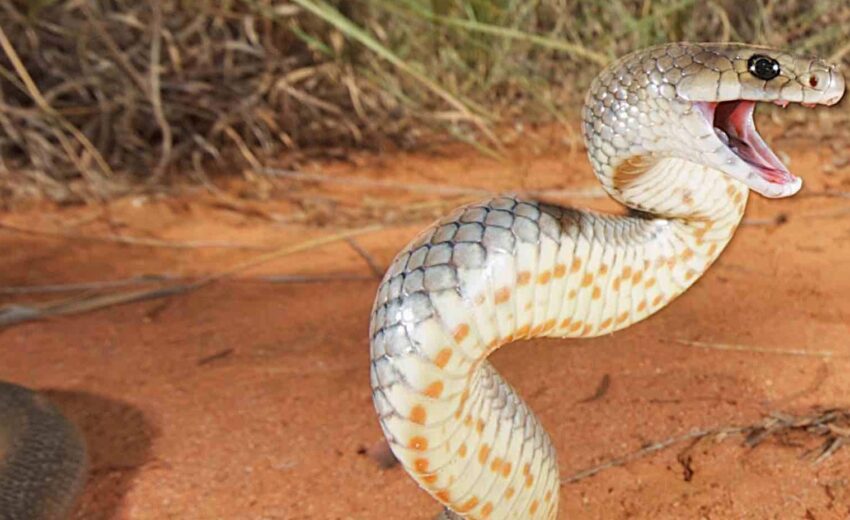The eastern brown snake, also known as the common brown snake is an defensive elapid snake that is responsible for most of the snake bite deaths in Australia. These creatures live
- Zoology
- Daily Critter Facts
- For Teachers
- Study Guides
- Diseases & Parasites
- Contact

